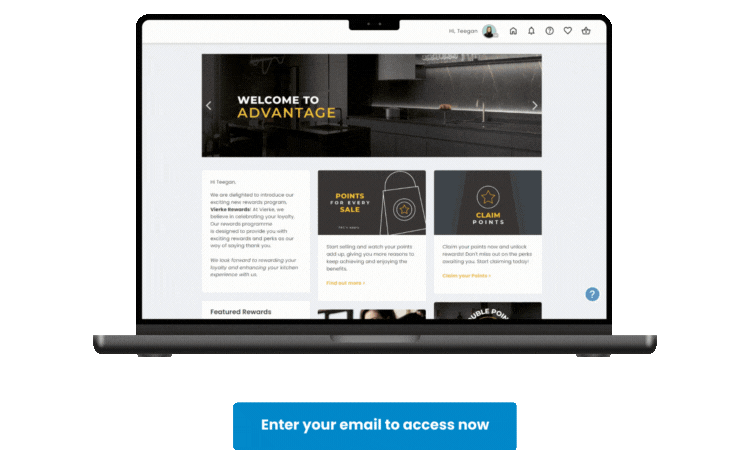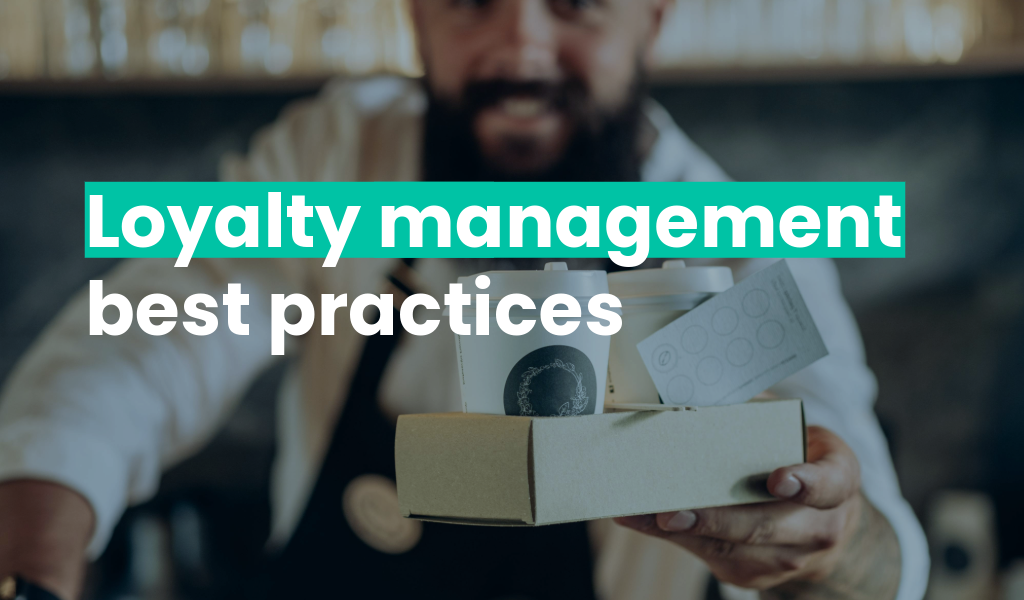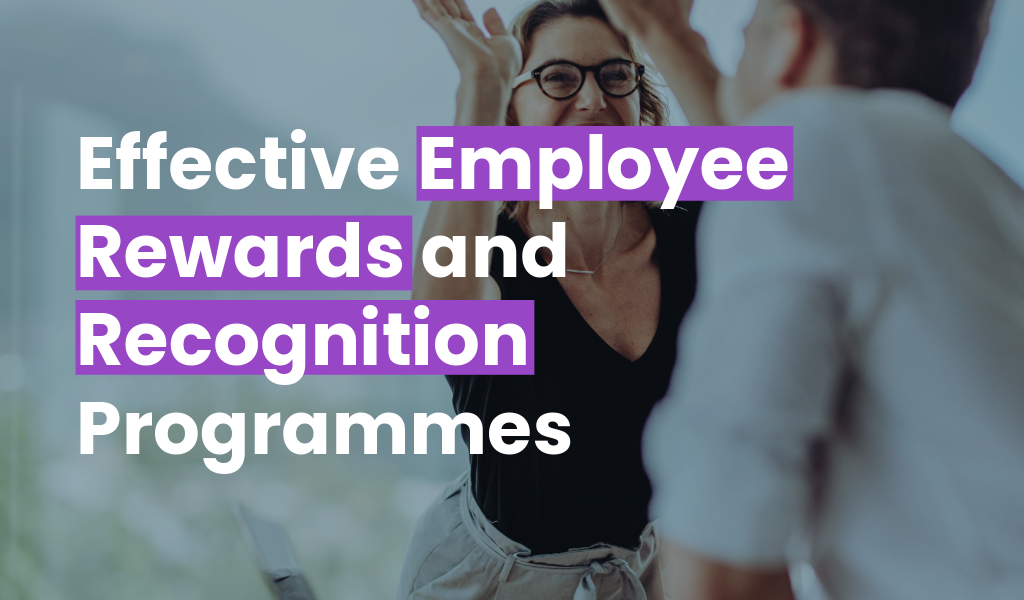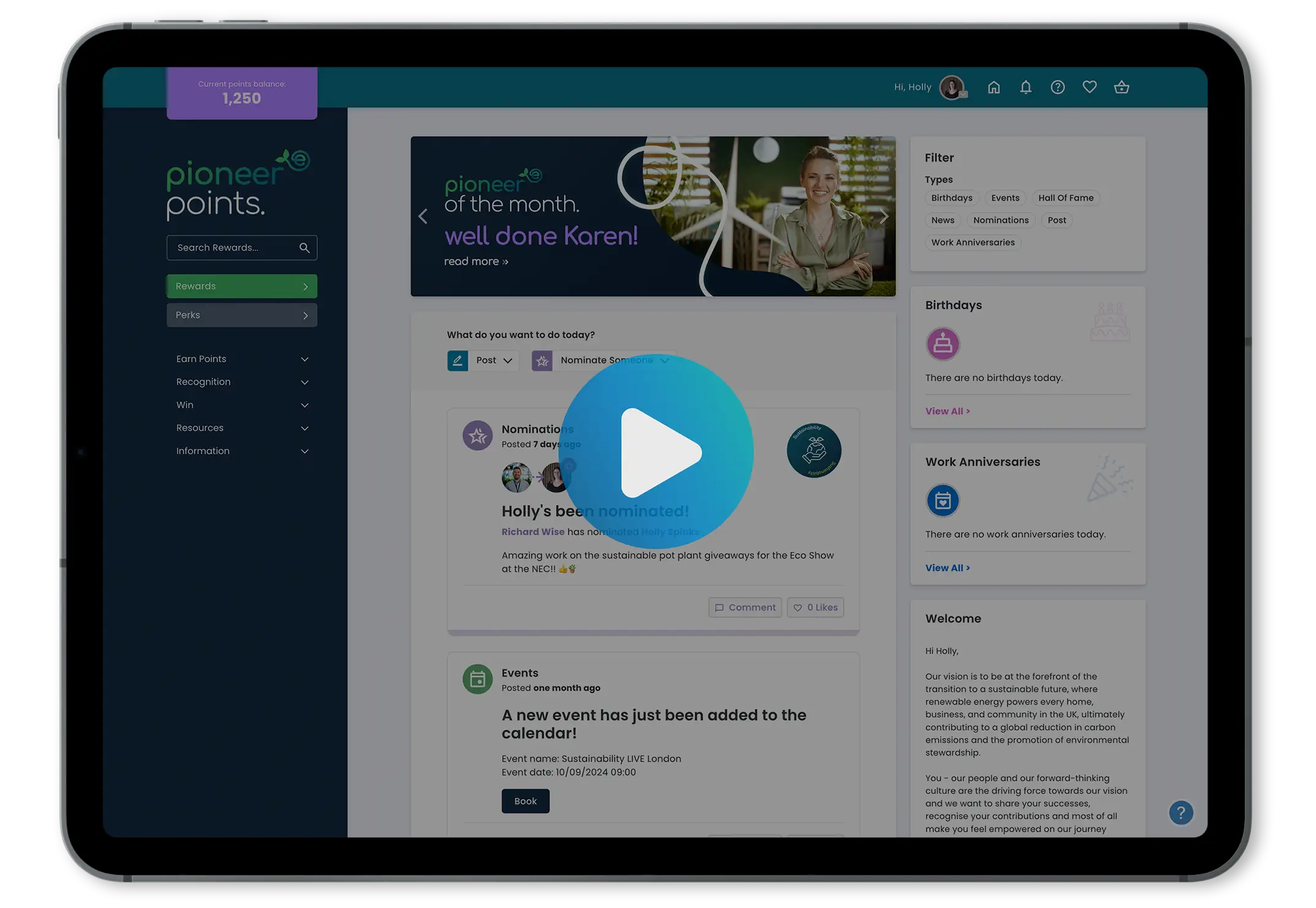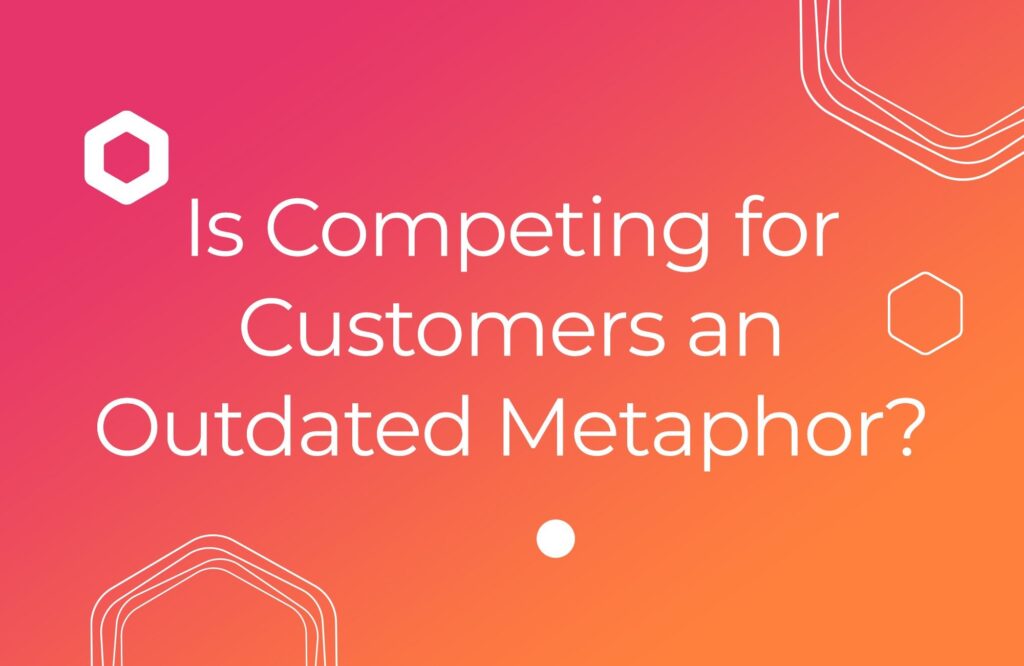


From the space race to the rat race, competitive metaphors have been a mainstay for driving engagement and interest for many years. That’s not to say these metaphors aren’t warranted or motivating, and they certainly tell a compelling story to onlookers. But, in the world of business, we’ve been getting by on the notion of competition with the faceless other – or maybe the very familiar other – for a long time now.
It’s not necessarily a bad thing. That little itch of competitiveness is what compels businesses to aim for continued improvement, and a tendency to feel the itch is what makes great salespeople great in the first place. Win/loss analysis, battle cards, competitive intelligence – it all feeds into that primitive drive toward the top of whatever league table you’re a part of. In fact, of the many traits shared by Fortune 500 Companies, competitive intelligence is right up there – more than 90% of those companies use competitive intelligence. If you’re looking to motivate a crowd, tell them another crowd – just on the other side of that wall – is working on the same task.
In short, the right kind of competition thrown into the mix can boost employee performance, help you get the most out of your channel, and boost engagement with your trade incentive strategy.
Then again, competition can be distracting. It can place too much of an emphasis on lead acquisition – a sort of ‘at all costs’ approach to generating new business, which doesn’t look great for your bottom line – and pull the focus away from longer-term, scalable strategies for retention and higher engagement.

Can workplaces be too competitive?
It’s certainly possible. There are definite cons to competitive workspaces, but these usually tend to take hold when things are unstructured and devolve into over-competitiveness. When everyone is locked into the same competition – say, for something very broad like ‘most sales/highest revenue per month’ – things tend to end up split between those who consistently hit the top few spots each month and those who still have a lot of learning to get under their belts.
As the saying goes, someone has to win last place. In most businesses, that ‘someone’ – or that group of people at the tail-end of the leader board – tends to be represented by the same few people each month. But there’s no getting around the fact that competition is heavily motivating, so why scrap it entirely?
Making the leaderboard motivating
On the surface, falling at the base of the leaderboard sounds like the perfect motivation to improve, but, really, it can have the opposite impact. It can make employees feel apathetic and stuck, particularly if others in the business have a lot more experience – something they can’t just overcome by knuckling down and ‘trying harder’.
This is where league tables really have the edge over a single, team- or company-wide leaderboard. With league tables, employees who are more matched in terms of experience or skill are able to feel motivated by competition – without being demotivated by too much competition. The challenge is relative to the challengers.
This is something we’ve seen tremendous success with at Incentivesmart. Incentivising employees through the use of league tables stops workplaces from succumbing to the downside of competition and, as a result, skirts the disadvantages of competition that can easily stop certain employees from improving.
League tables provide a focus, set expectations, and, most importantly, ensure the challenge is tailored to the challengers – from clients looking to jumpstart their sales team to those who want to innovate new ways of offering channel partner incentives that drive stronger performances over the long-term.

Leveraging the good side of workplace competition
We can all think of ways in which a competitive spirit quickly turns a workplace or channel sour. Unstructured, unmonitored competition can cause splits within teams – or across entire companies – and lead to feelings of apathy and disengagement that are very hard to reverse. The time for power suit battles of wit and cunning has long since passed, but that’s not to say competition needs to be scrapped entirely.
With the right scheme in place, competition can be harnessed to motivate, engage, and improve employee or channel partner performances at the pace that best suits them. We only work at improving ourselves when the next milestone feels reachable.
Engaged employees who are actively looking for ways to boost their performance are easier to train, they’re more enthusiastic about their own role in keeping the business or channel going, and they’re predisposed to build long and fulfilling relationships with the business. Embrace competition – but only the very best side of it.


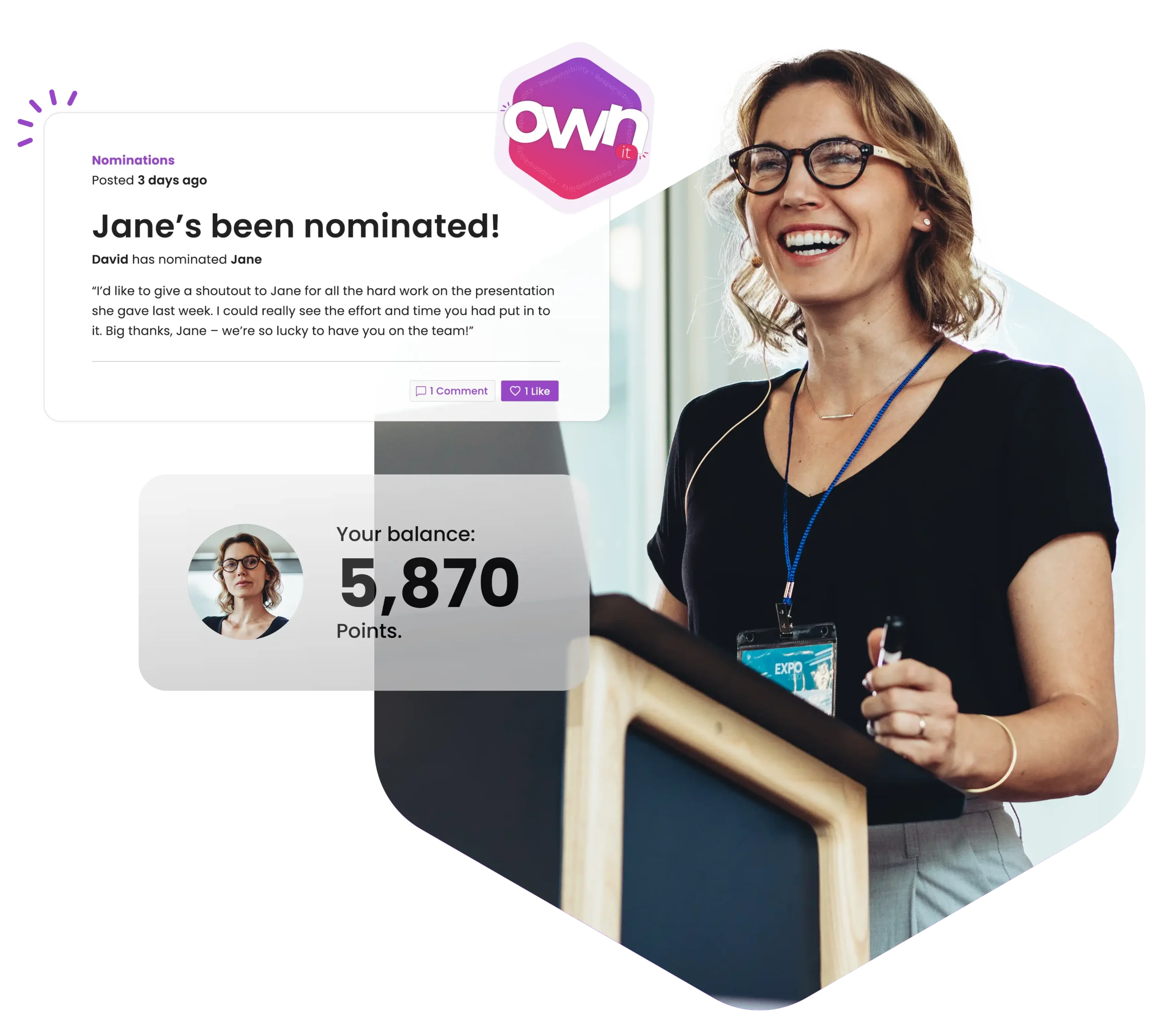
![How to keep customers coming back for more{{ include_custom_fonts({"Poppins":["Semi Bold"]}) }}](https://no-cache.hubspot.com/cta/default/5921162/interactive-188375258646.png)
